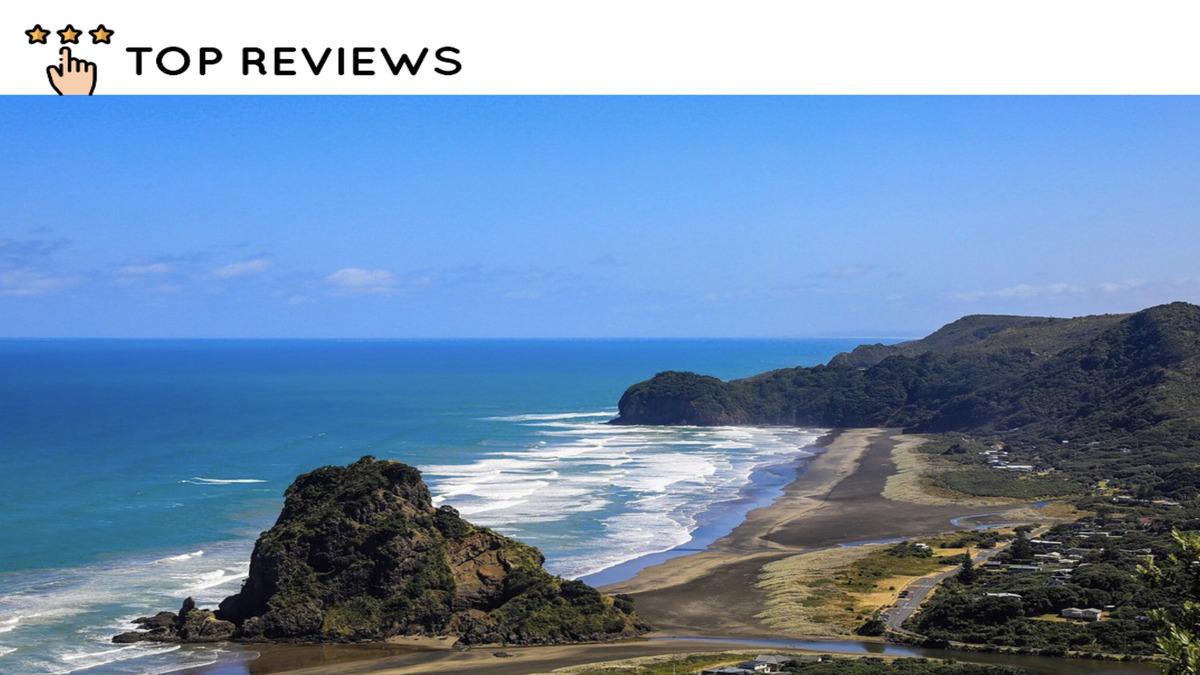What is the history of Piha Beach?
Nestled at the foot of the Waitakere Range on Auckland’s west coast lies Piha Beach—a place steeped in history and shrouded in natural beauty. So, what is the history of Piha Beach?
The history of Piha beach begins at the time when it was originally settled by Māori, who named it after the distinctive rock formation now known as Lion Rock. But in the 19th century, European settlers began to arrive in Piha and eventually developed into a holiday destination.
But there’s yet more to Piha Beach’s past, so join us as we peer into it today.
The Maori Roots of Piha Beach
Piha was originally a Maori settlement inhabited by the tribe Te Kawerau a Maki. Having a deep connection with the land and sea, the Maori people used the area’s resources for sustenance.
The hill south of The Gap, for example, was traditionally used by Kawerau a Maki fishing parties, and evidence of their presence can still be found in the form of midden sites, terraces, pits, and rock and cave shelters.
One of the most prominent features of Piha Beach is Lion Rock, or ‘Piha’ in Maori. The name ‘Piha’ refers to how the waves part as they hit the rock, creating a bow-wave pattern.
This majestic rock formation was of great importance to the Maori people. In addition to its practical uses, it held spiritual significance, often featuring in local myths and legends.
European Arrival at Piha Beach
The early European settlement at Piha Beach began in the mid-19th century, a period of significant cultural transition in New Zealand’s history. During the 1850s, the area was purchased from the Maori, marking the start of European settlers’ presence.
These early settlers were drawn to Piha’s vast natural resources, particularly its Kauri trees, logged extensively for almost 90 years following the settlement.
The settlement significantly transformed the landscape of Piha. Gone were the untouched forests of Kauri, replaced by logging trails and sawmills.
The once remote and inaccessible beach started seeing signs of human activity with the establishment of cottages, farming lands, and roads.
The Birth of Piha Surf Life Saving Club at Piha Beach
In the midst of these transformations, one establishment stands out for its enduring impact on the community—the Piha Surf Life Saving Club, founded in 1934.
The club was established in response to the powerful and sometimes treacherous surf conditions at Piha, which threatened the increasing number of visitors flocking to the beach.
The Piha Surf Life Saving Club quickly became essential to the community, providing safety patrols, lifeguard training, and educational programs. It also played a significant role in promoting the sport of surfing, which had begun to gain popularity during this period.
Over the decades, the club has grown both in size and influence. Today, it plays a crucial role in ensuring the safety of beachgoers and fostering a sense of community in Piha. It stands as a testament to the spirit of cooperation and resilience that marked the early European settlement at Piha Beach.



